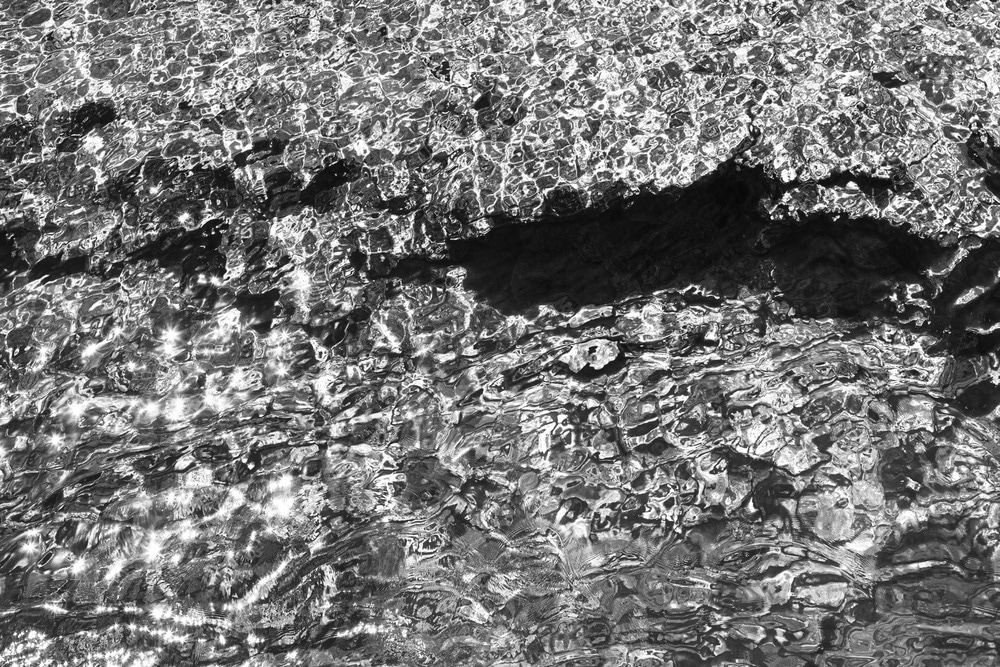A study published in the journal Optics and Lasers in Engineering offered an automatic segmentation method using stereo deflectometry for the three-dimensional measurement of structured specular surfaces. The proposed technique is completed in seconds and has excellent potential for an on-line measurement process.

Study: Stereo Deflectometry Based Automatic Segmentation Technique For Measuring Structured Specular Surfaces. Image Credit: Goji/Shutterstock.com
Different techniques have been explored for extending stereo deflectometry measurement capacity from continuous specular surfaces to complicated structured specular surfaces.
In these techniques, segmentation is a fundamental step that divides a measured structured surface into numerous continuous segments containing coordinate and gradient data to obtain high accuracy.
Since the specular surfaces lack red, green, and blue (RGB) texture, achieving automatic, accurate, and fast segmentation is a significant challenge.
What are Structured Specular Surfaces?
Structured specular surfaces are widely used in various modern engineering systems to suit specific functional requirements, reduce system volume, and improve system performance.
Structured specular surfaces' three-dimensional (3D) form quality is critical in implementing system performance, necessitating precise and quick formative assessment to determine its manufacturing accuracy.
Measurement Techniques for Structured Specular Surfaces
In optical metrology, phase measuring deflectometry (PMD) measures structured specular surfaces. It has the advantages of low cost, good accuracy, fast speed, and non-contact and full-field measurement compared with other freeform measurement techniques.
Since most phase measuring deflectometry techniques depend on gradient measurement, traditional PMD cannot detect non-differentiable or discontinuous surfaces.
In contrast, structured specular surfaces are measured using direct phase measuring deflectometry (DPMD), directly determining the depth of the surface under test (SUT) from phase data. However, DPMD approaches that rely on gradient measurement have far lower form measurement accuracy than phase-measuring deflectometry methods.
Segmentation phase measuring deflectometry (SPMD) is a method that has recently been used to measure structured specular surfaces more accurately than direct phase measuring deflectometry. This technique divides a measured structured specular surface into numerous continuous segments, each rebuilt using gradient information before being connected using absolute coordinate information.
Structured specular surfaces measured with SPMD have the same degree of accuracy as PMDs based on gradient measurements while retaining a higher spatial resolution. Segmentation is a key step in SPMD because it divides a structured surface's three-dimension (3D) point clouds into many continuous segments with absolute and gradient coordinate data fusion.
Based on RGB color or 3D properties, many segmentation techniques are developed for 3D point clouds or 2D images. However, due to structured specular surfaces' lack of an RGB texture, these existing techniques are not feasible for segmentation phase measuring deflectometry.
Discontinuous Specular Surfaces Segmentation
The suggested segmentation approach divides structured surface points based on gradient and depth differences and then labels each continuous segment with a different value.
An algorithm is created to search for all valid surface points in a specific order and calculate flag values for each surface point to identify their link with the segments.
Continuous Non-Differentiable Specular Surfaces Segmentation
The difference between the target structure's actual gradient data and the fitted gradient plane is computed. This approach effectively extracts structure segments from the map of surface points. Each segment is reconstructed using the original gradient data before the tilt removal.
The surface data is then segmented similarly to discontinuous specular surfaces by calculating the segment value.
Important Findings of the Study
The suggested segmentation technique to measure structured specular surfaces yields an absolute measurement accuracy of approximately 20 m.
The proposed SPMD technique had similar accuracy to the traditional SPMD technique for discontinuous specular surfaces. However, due to automation, the segmentation procedure of the proposed technique took only six seconds to complete in MATLAB.
The proposed SPMD technique had lower accuracy than the traditional SPMD methodology for continuous non-differentiable surfaces.
The main cause of the reduced accuracy is the phase-based reconstruction method for the over-eliminated surface points during the segmentation process.
Continuous non-differentiable specular surfaces require a longer segmentation process. However, automation accelerated the concave mirror segmentation procedure, taking only 10 seconds to complete in MATLAB.
Future Recommendations
The automatic segmentation SPMD system has a slightly larger error in the reconstruction of continuous segments due to the impact of reconstruction error of gradient and coordinate data of extensively eliminated surface points when compared to the standard segmentation phase measuring deflectometry system.
Future research should therefore be carried out to automatically determine the SUT's discontinuity, apply the appropriate segmentation techniques, and enhance the accuracy of the gradient reconstruction and coordinate data of the over-eliminated surface points.
Reference
Gao, F., Xu, Y., & Jiang, X. (2022). Stereo Deflectometry Based Automatic Segmentation Technique For Measuring Structured Specular Surfaces. Optics and Lasers in Engineering. https://www.sciencedirect.com/science/article/pii/S0143816622002482
Disclaimer: The views expressed here are those of the author expressed in their private capacity and do not necessarily represent the views of AZoM.com Limited T/A AZoNetwork the owner and operator of this website. This disclaimer forms part of the Terms and conditions of use of this website.